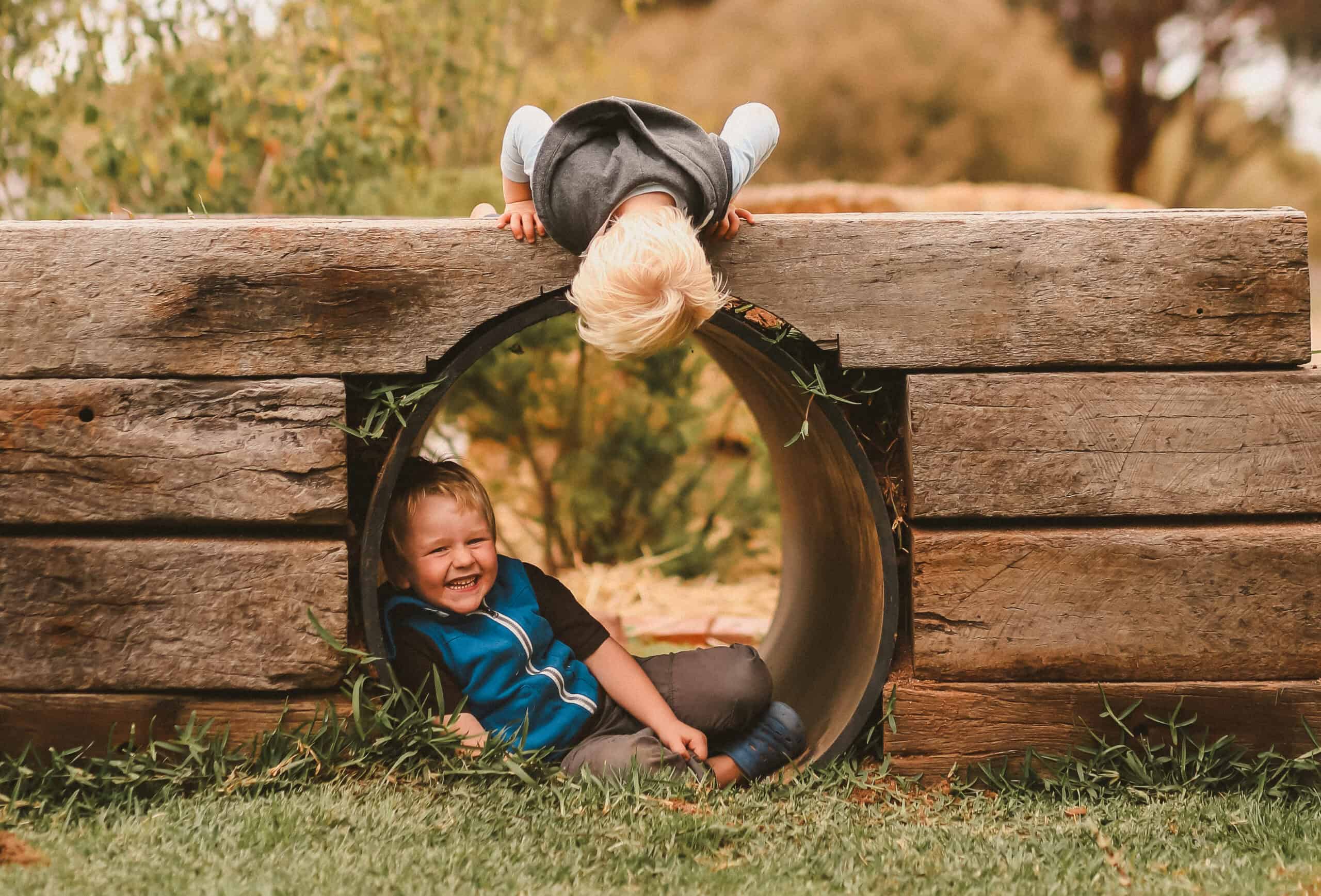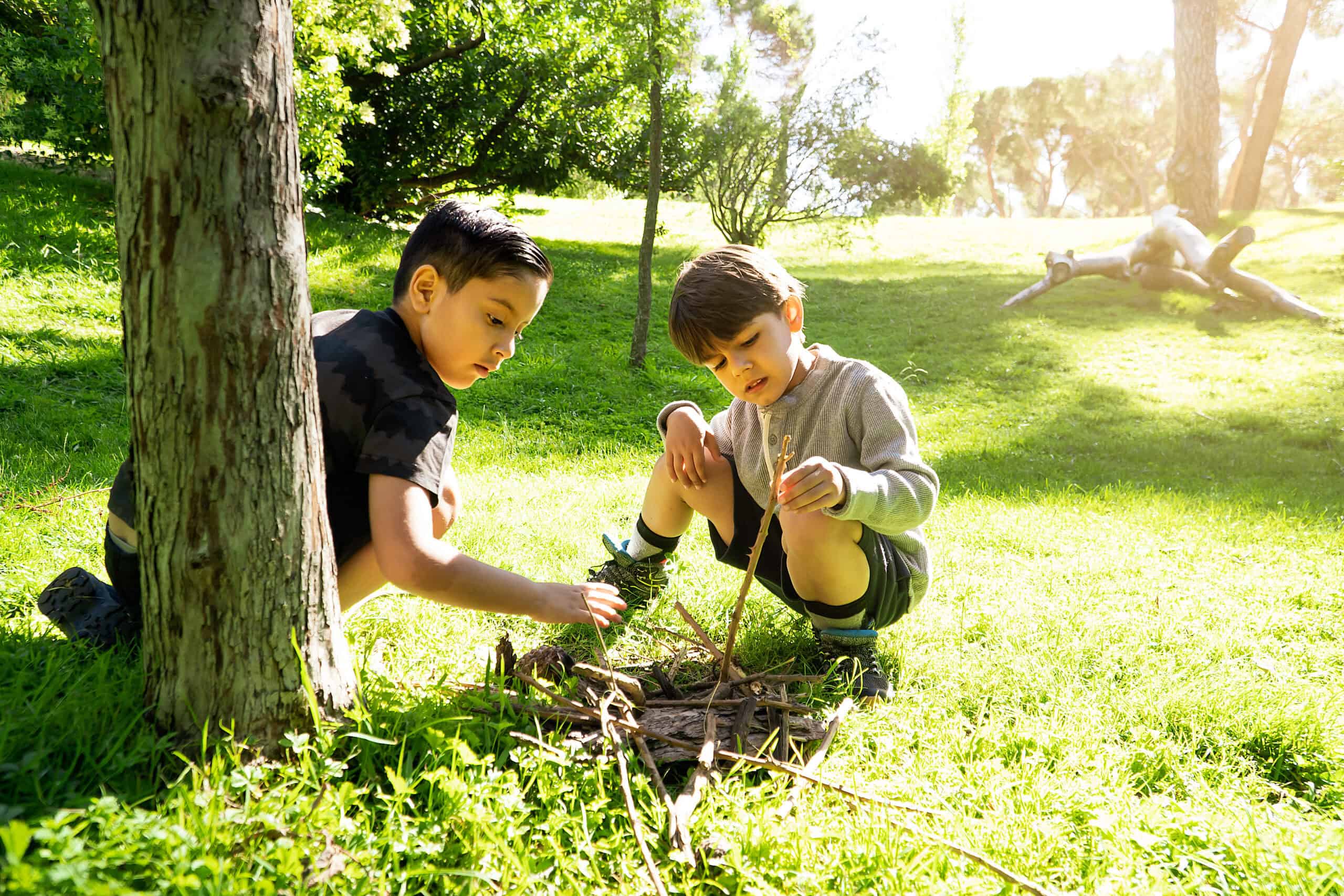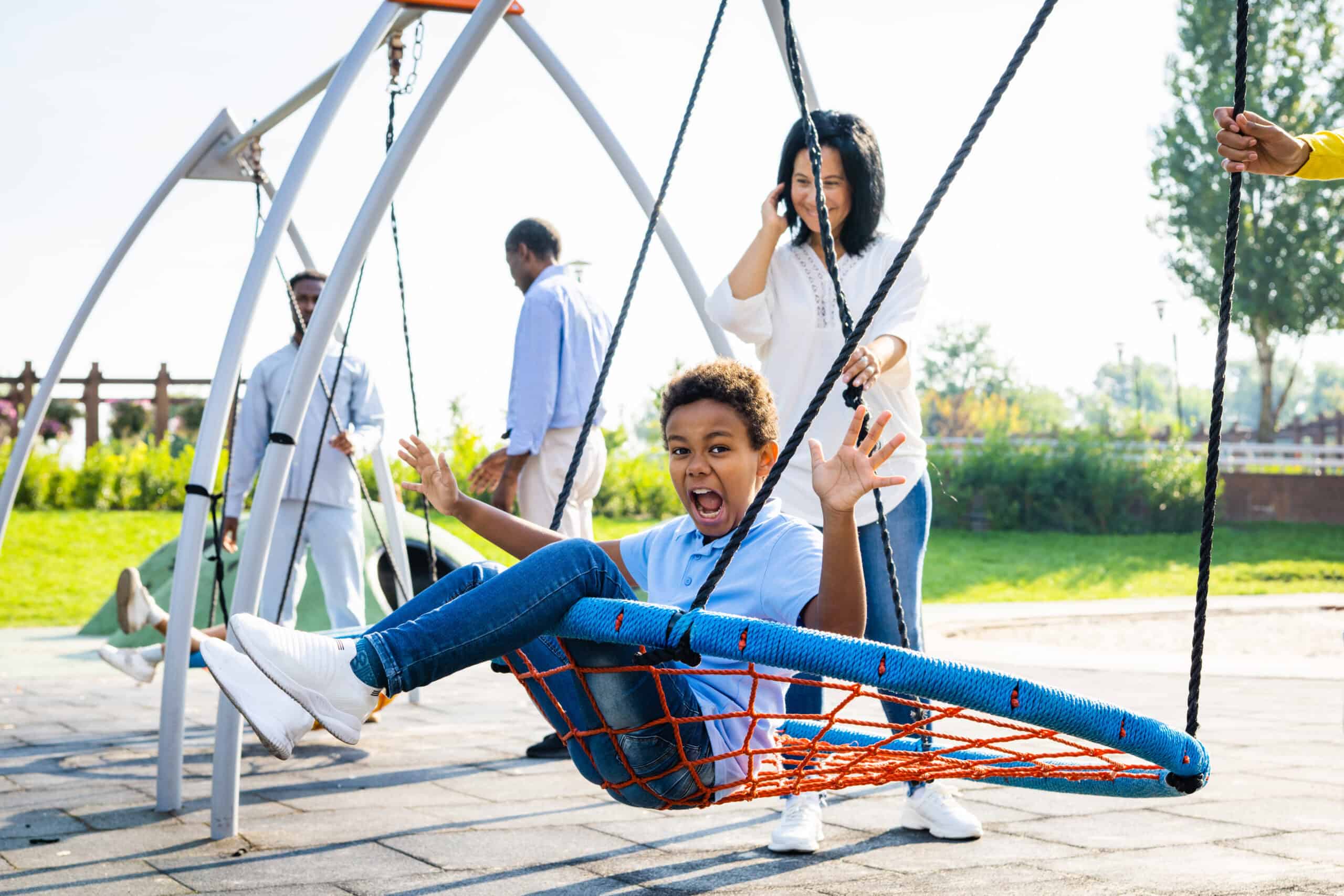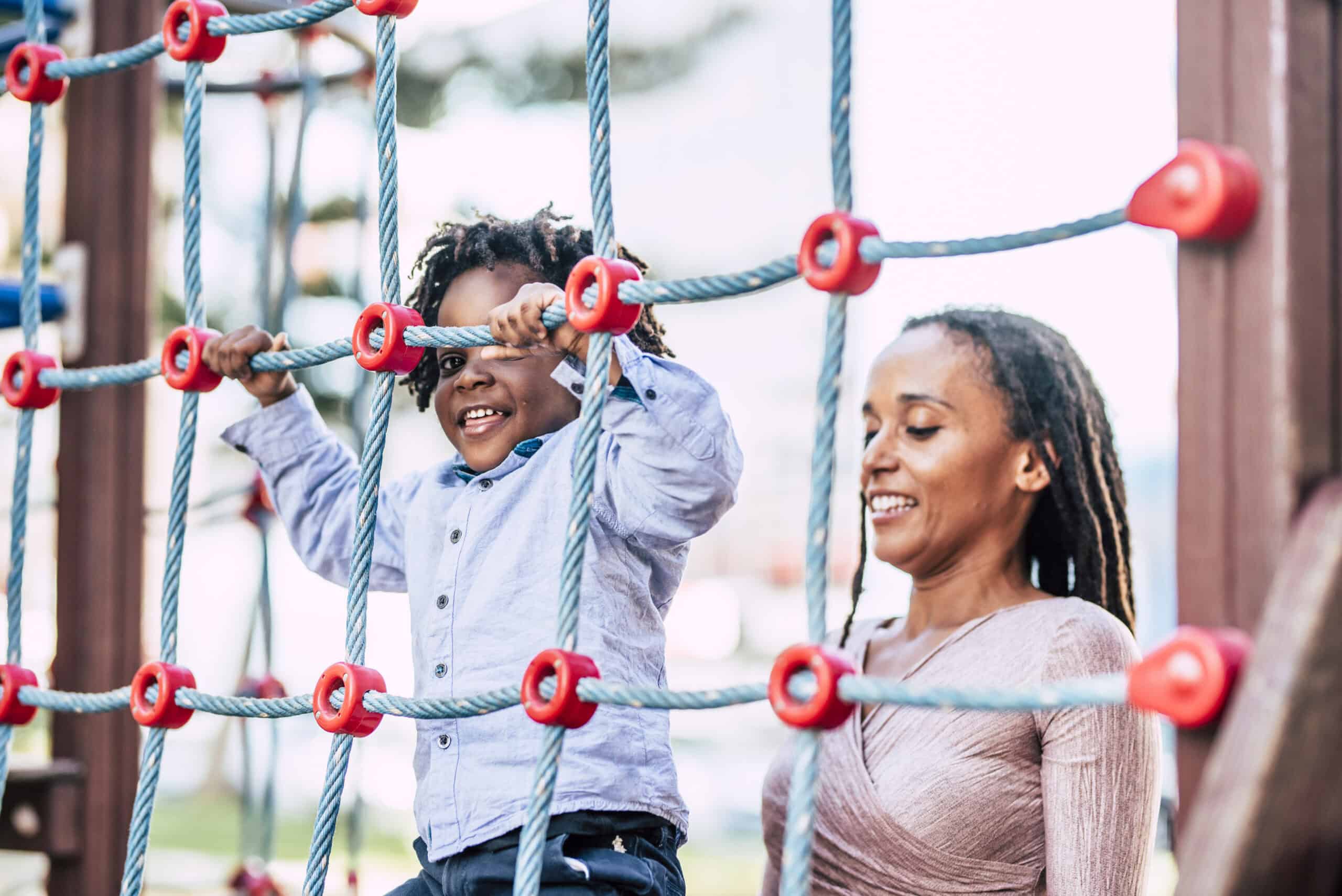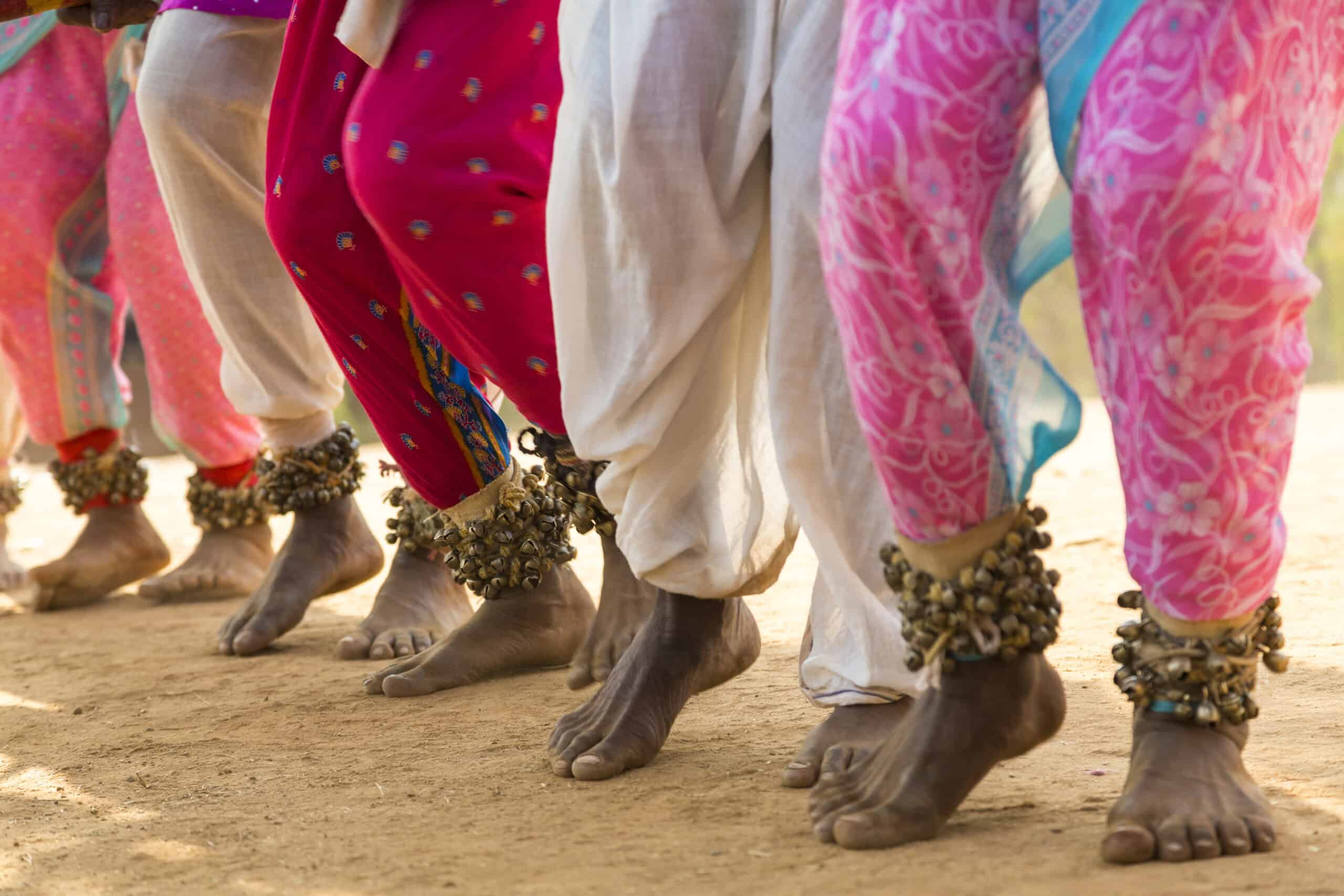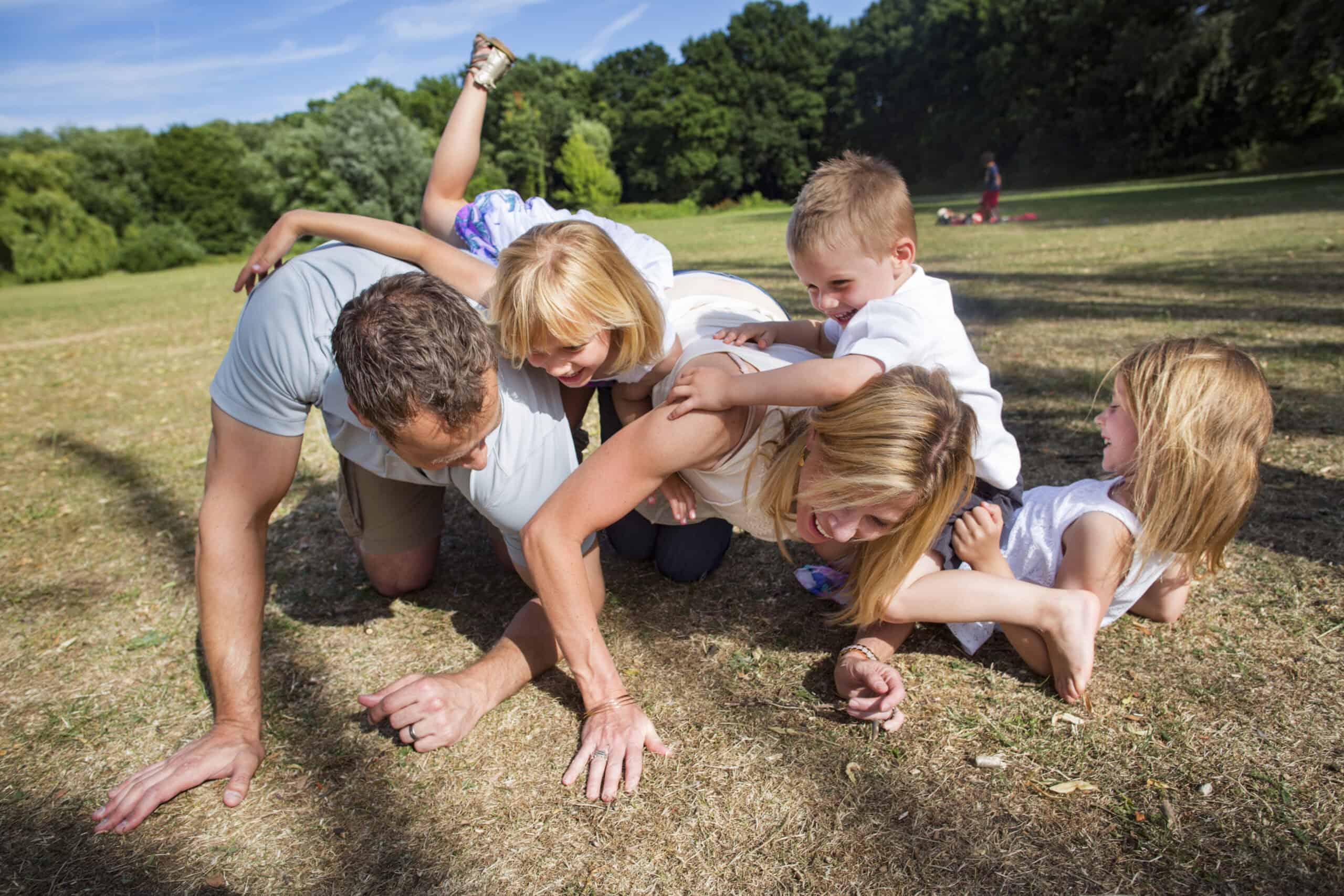Neurolens: Sensory
The Sensory NeuroLens focuses on the profound role of our senses in shaping experiences, perceptions, and connections. It emphasises the enhancement of sensory awareness to enrich interactions with the world, improve learning, and foster a deeper appreciation of life’s nuances. Through this lens, the senses become gateways to understanding, creativity, subjectivity, and mindfulness.
-
Building Better Brains: How Play Strengthens Executive Function in Children
Have you ever wondered why some kids seem more focused, organised, or able to stay calm under pressure? Executive functioning has become a popularised brain word. What exactly is executive functioning? It is the brain’s way of processing information while regulating the self. It involves our working memory, planning, self-monitoring, time management, self-control and organisation.…
-
How LEGO® Toys Can Be the Building Blocks for Social Growth and Creativity in Neurodivergent Children
Seeing LEGO®bricks scattered out across your living room floor might feel like just another mess to clean up. What if those tiny pieces were more than just clutter? What if they could help your child grow in ways you never imagined? Play is a universal way for kids to explore, learn, and express themselves—whether they…
